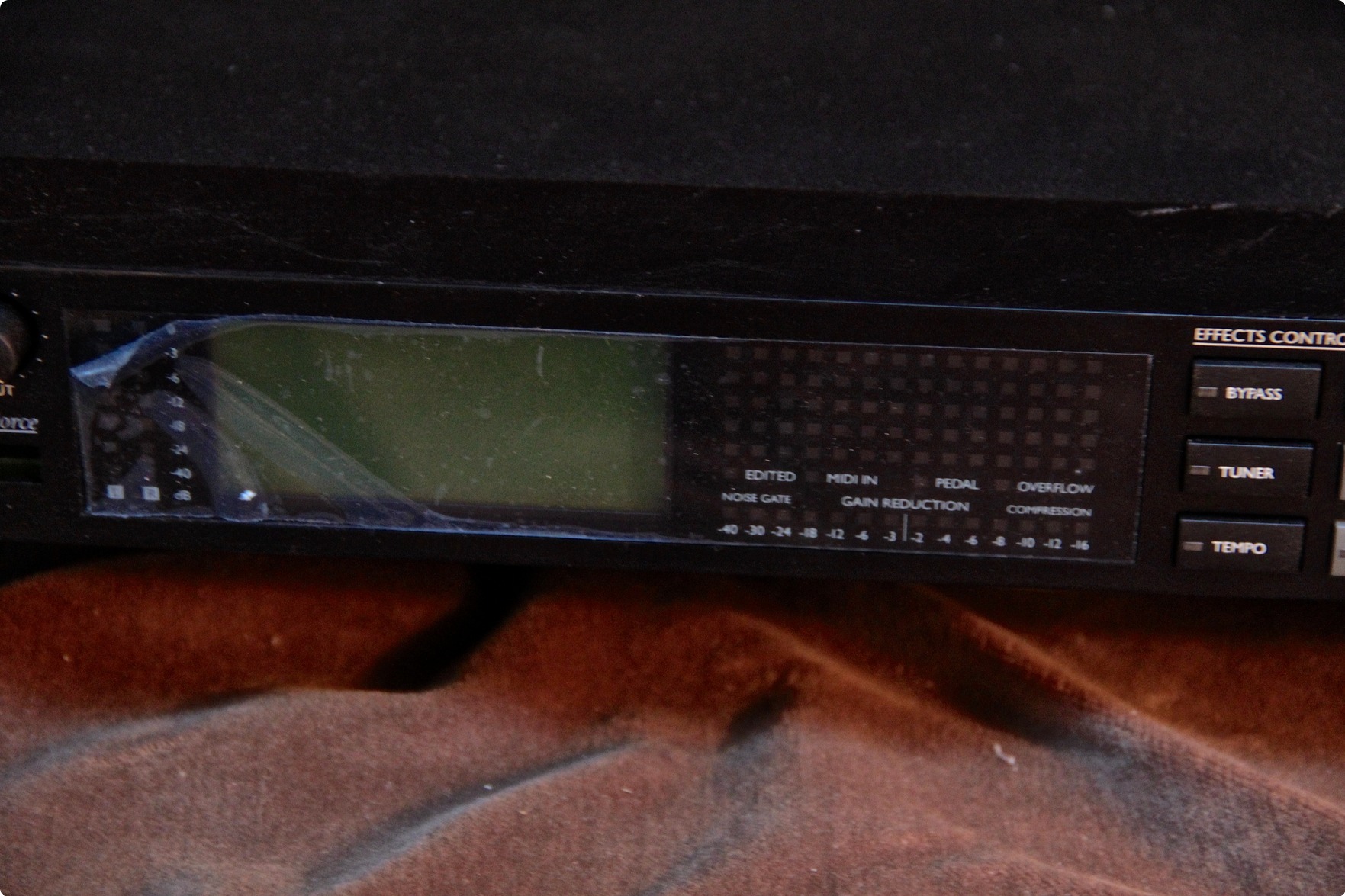
Some people say it is great, others say it is horrible. You asked for opinions, you are getting them. I know, I see this stuff in Musician's Friend all the time. I'm sure there is some $75, 1988-technology multi-effects unit out there claiming to have superior tone and enhanced interface with a feature-laden, award winning effects routing. Go ahead and believe everything you read. From my personal experiments, the G-Force takes a lot of the organic qualities out of the tone and thus I found myself using just the guitar/amp setup with no G-Force. I tend to focus on analog equipment for my effects as it always seems to be warmer and provide richness for the tone. With the digital delay, they had a chance, but I don't even like the way it sounds (and I also prefer analog delay).Ī lot of people like the G-Force, and that is fine. I've never run across the type of effects the G-Force tries to emulate in pedal form that I didn't like better. No matter how much the unit costs, it still sounds like digital, fake reproduction of good analog stuff. I kept finding myself turning the unit off and playing guitar-into-amp. Now with the messing around I have done with the G-Force, I couldn't get a tone I could stand playing with. They were trying to use the G-Force as some kind of volume control, which grounds for making mud. However, their outputs were very low, and this could only mean one thing. I know people were running 50 and 100 watt amps really high, and then running the G-Force in the effects loop. The in/out volumes on the G-Force itself greatly influence your tone, and unless setup properly (if this is even possible), the tone will take a big hit.

-1.jpg)
from the pod, to the GForce, to top of the line studio plugins. I notice a change on every noise gate I've ever used. Whether or not YOU notice it is up to your ears.

So DBX themselves say that it alters the signal in some way. The amount of signal attenuation is a function of its own level and the 904's Attenuation, Limit, Ratio, and Threshold settings. If it is, the signal gets attenuated if not it passes at unity (0 dB) gain. It senses the level of an input or keying signal and determines whether the level is below threshold. The 904 is a very fast voltage controlled below threshold downward expander. This popular gate also features Programmed Latch Mode which mutes a channel until an above threshold signal is present. Attenuation limit, attack and release rates and threshold are all adjustable. The 904 is an expander gate using dbx's OverEasy® action for a smooth onset of gating. Here is the description of their 904 Noise Gate


 0 kommentar(er)
0 kommentar(er)
